Our very long, very hot pandemic summer has not inspired me to take many photos. At most, I’ve taken random iPhone shots in the course of our very repetitive outdoor activities. Blog followers know that publishing activity is way down around here. In an effort to find out if my camera still works and to break up our routine of beach walking, bike path walking, and more beach walking, we decided to visit nearby Apalachicola to check out the historic buildings. I pulled my camera from its storage cubby, charged the batteries, and set off early one morning with the intention of lifting some of our pandemic-induced malaise.
The charming little town of Apalachicola has a long history, with initial European settlement dating back to the 1820s. The city was incorporated in 1827 and actually predates the State of Florida; Florida was acquired as a territory in 1821 and did not become a state until 1845. The heyday of the town was in the antebellum period, when the immense quantity of cotton transported down the Flint, Chattahoochee, and Apalachicola Rivers made Apalachicola the third-largest port on the Gulf of Mexico in 1840, behind only New Orleans and Mobile. Other historically important local industries include sponge harvesting and all kinds of seafood production. The much-deserved demise of the plantation system, the transition of cargo movement from ships to rail, and the opening of new opportunities in the far-less-swampy western US all conspired to make 1860 the high point of economic activity in the city.
What happens when a relatively old community goes through 150 years of virtually no growth? There is a very significant stock of interesting historic buildings, especially when compared to other towns in development-crazy Florida. During our first visit to the area we checked out two state parks, the historic Orman House and the John Gorrie Museum, but had previously spent little time in the commercial district. So we planned to stroll around the downtown area to admire the architecture and get a feel for the town.
The downtown is nestled up against a working waterfront. The shops, restaurants, offices, and art galleries that now inhabit the old cotton warehouses look out over docks filled with commercial fishing boats and seafood processing facilities. The wide streets ensure that there are open views from the main commercial drag of Market Street, past the intermediate area of Commerce Street, all the way down to the river at Water Street. As an added bonus, the street names make perfect sense.
The downtown contains all the important fixtures of community life: the courthouse, a theater, community event spaces, offices of the local newspaper, one historic hotel, plenty of restaurants, the excellent brewery, art galleries, and many different shops selling everything from fishing gear to apparel to books to home decor to pet supplies. Many of these establishments trace their lineage back to the 19th century. And there is not a chain offering in sight, adding to the interest.
We made an early start because we didn’t intend to actually go inside any of the buildings — a pandemic is not the time to browse random stores, and many places have restricted hours and limited customer access right now. We also wanted to avoid crowds on the streets, though “crowds” is of course a relative term in a community with a permanent population of only around 2,500 people. The nearly deserted streets certainly delivered on this goal. Finally, we hoped for relatively pleasant weather, but that didn’t work out. We were dripping with sweat after ambling around for an hour, and we are counting the days until fall arrives here in north Florida.
Still, it was worthwhile to find out what the town offers. There are quite a few eclectic shops and interesting restaurants that we want to check out in the future…. if life ever gets back to normal. In the meantime, my camera is feeling less forgotten and I even remembered how to log in to my blog. Right now, we are happy with small victories.
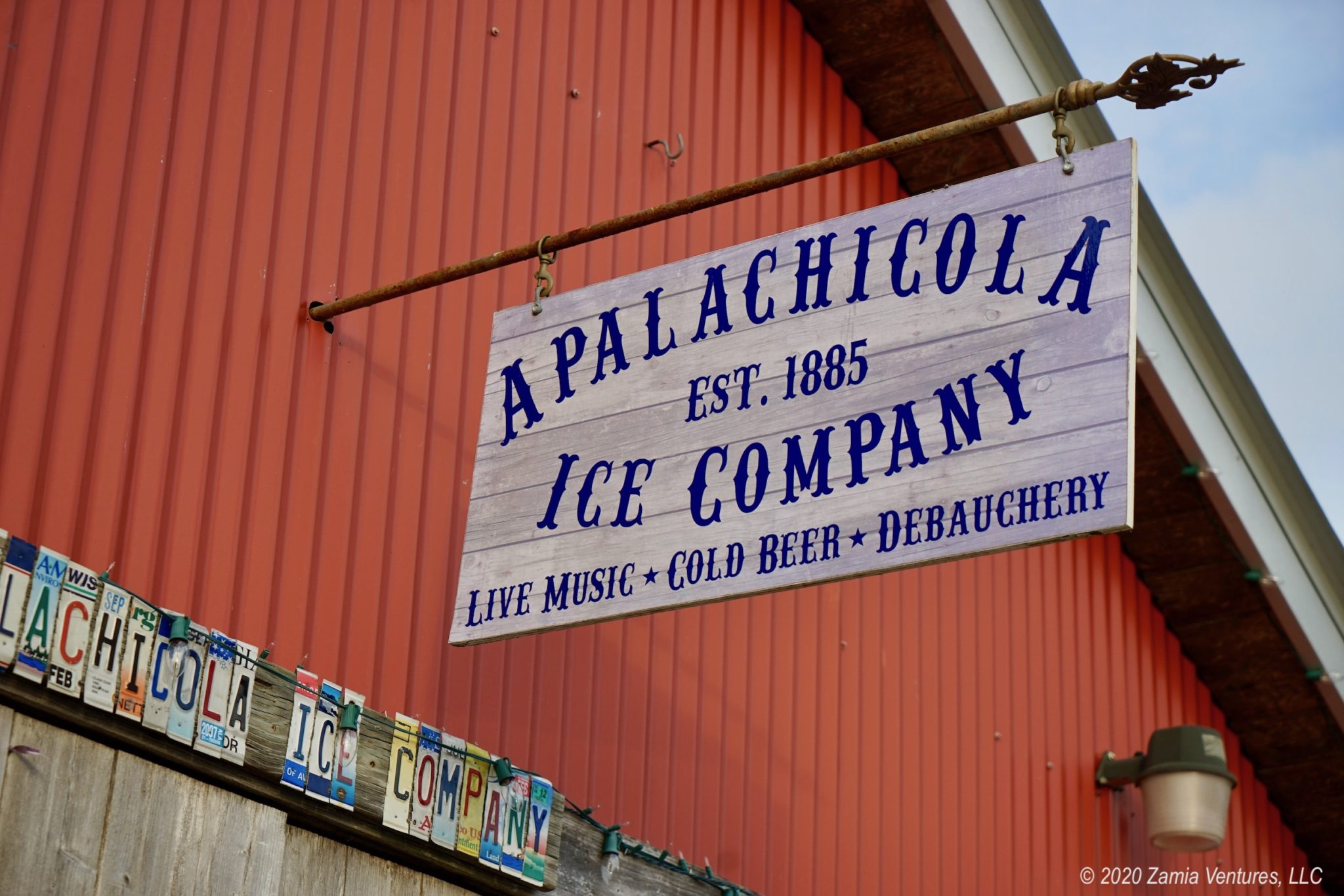
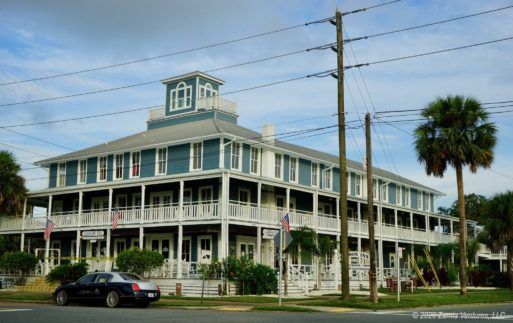
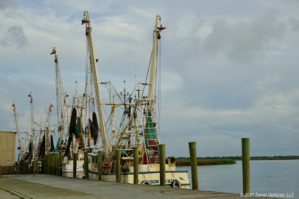
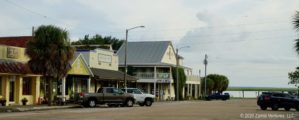
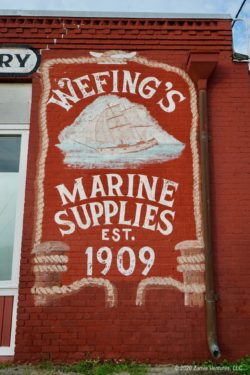
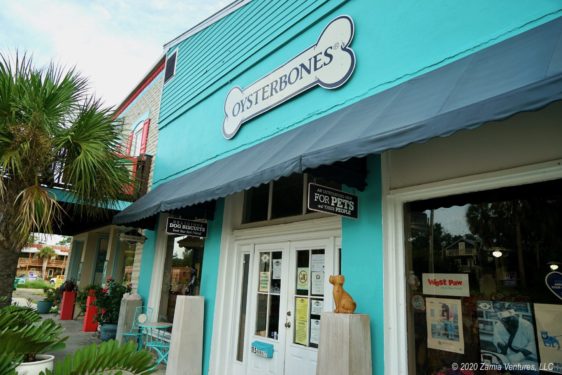
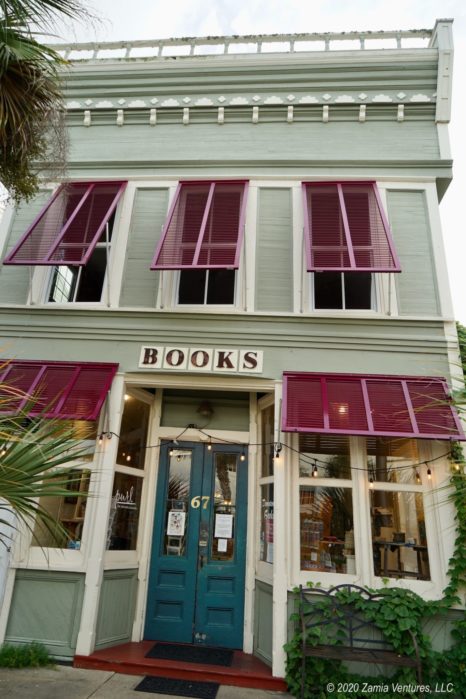
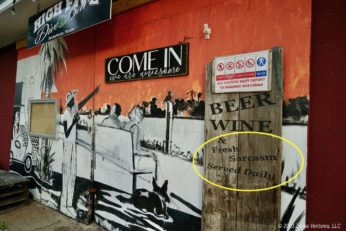
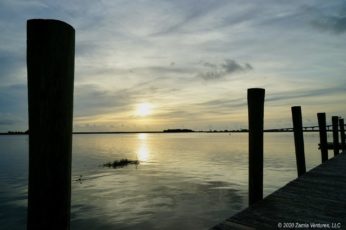

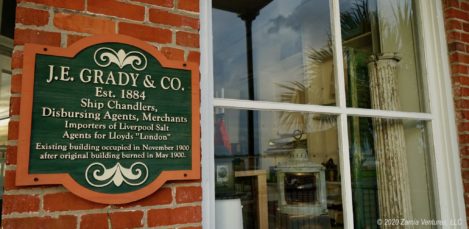
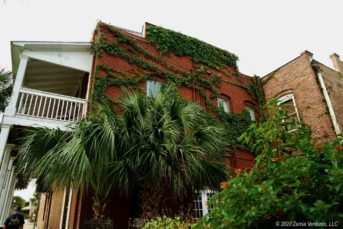
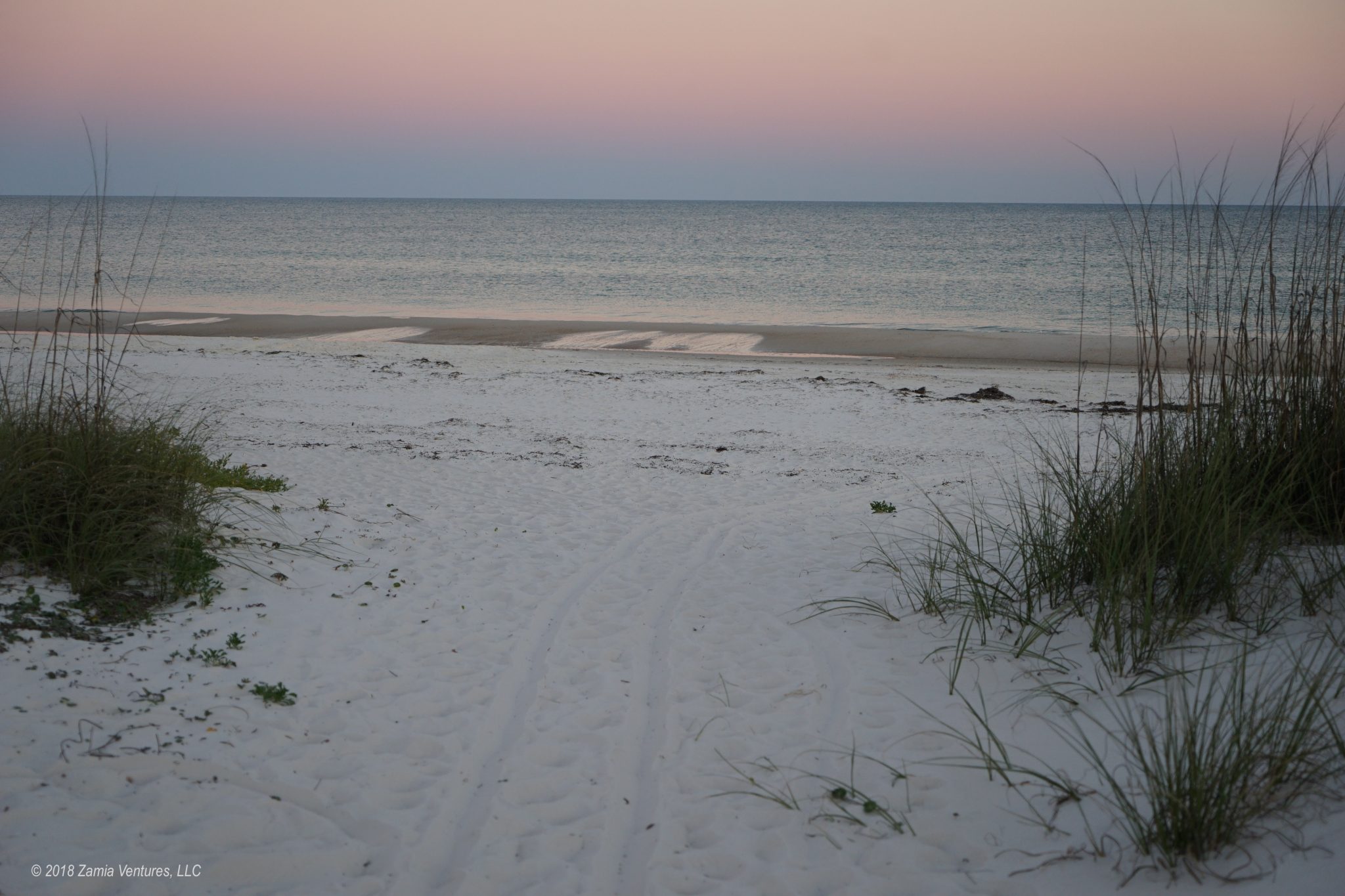
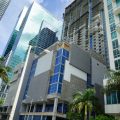
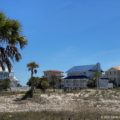
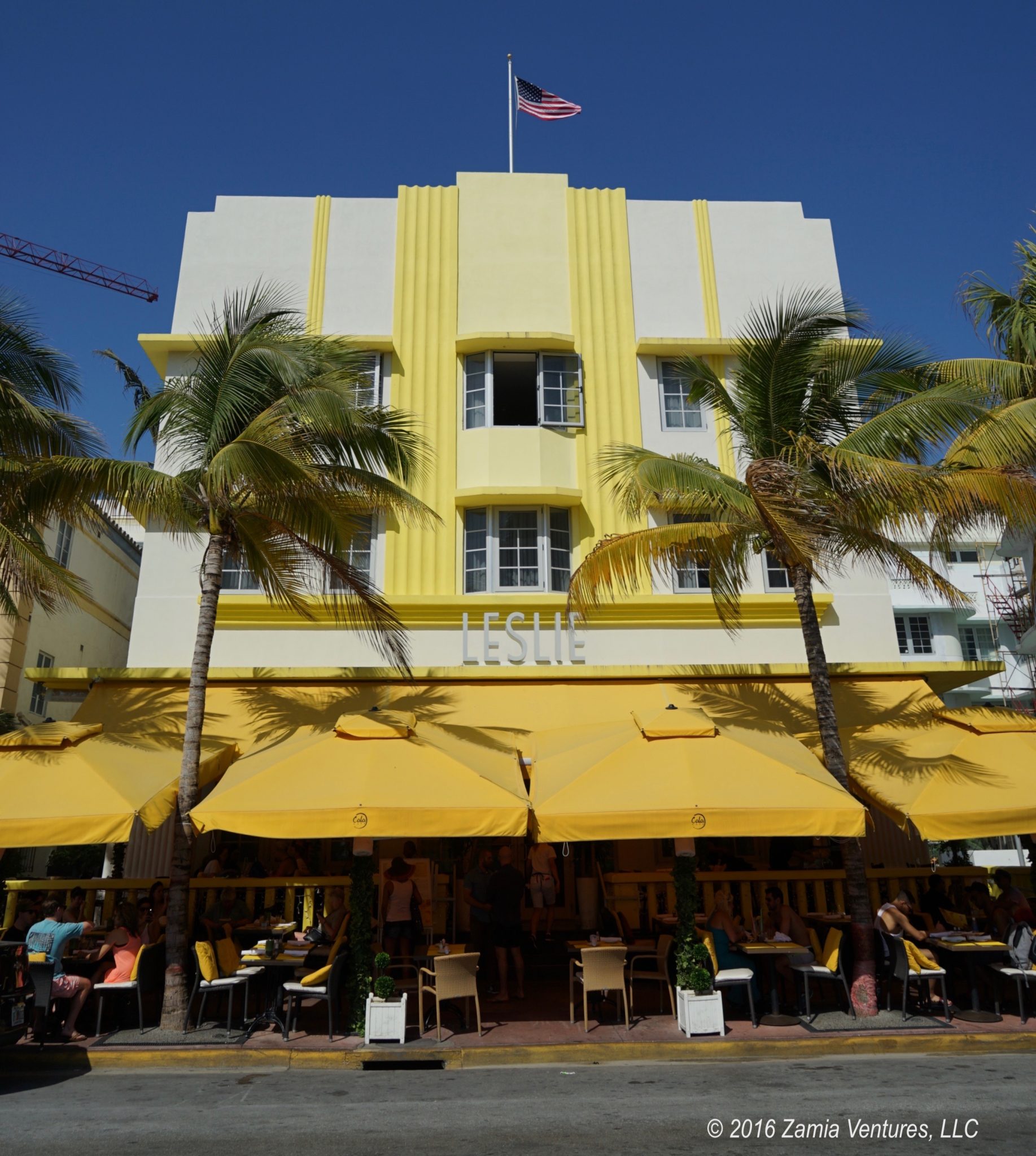
Apalachicola looks like an interesting little town with a lot of history. I am glad you got a change of scenery and I enjoyed seeing the pictures you took there. Hopefully you will get to see the inside of all these little places soon. Hopefully in another month the weather will be a little cooler and the spread of the virus will be much reduced.
There are definitely some buildings that are in desperate need of TLC but the whole downtown has so much charm. It reminds me of downtown Stuart 30 years ago….
I love this! You created a beautiful postcard of Apalachicola and provided an interesting history lesson at the same time. I’m grateful that the town escaped the blight of development, and that so many of the historic buildings remain. I remember a few years ago strolling the downtown with my dad while he told me stories about the people and places. “It looks just like it always has,” he said. “The buildings are the same as they’ve always been, with just a little paint and powder to freshen them up.”
Your photos are great. I need to dig out my camera, too! Eric has continued to take ‘real’ photos the past few months, but I’ve been just snapping pics with my iPhone, and it’s a poor substitute.
I love how some of the historic businesses have been repurposed. At least, I am assuming the ice company didn’t offer “debauchery” in 1885! We really look forward to exploring the insides of those businesses someday. It was also nice to get back into photography, if only for a short while. Better temperatures should result in even more photo expeditions. How many more days until fall?????
Hi Shannon and Ken—Linda and I and dogs have stayed at a very nice hotel/motel on the river just east of the downtown area. It comes highly recommended for a quiet, well appointed stay. It may be called the River House. Just east of there in walking distance is a Confederate Memorial and cemetery that is very interesting. Great pictures– Stay safe—the Cuzzins
River Inn was unfortunately damaged quite a bit during Hurricane Michael in 2018, but it was purchased this spring by a group of local real estate investors based in Port St. Joe. The new owners are planning to refurbish the hotel and the adjacent restaurants so we are excited to see them reopen eventually. The location right on the river and close to downtown is excellent.
What a fun activity to break up the sweltering monotony! I love the feeling of time slowing down when looking at old buildings, and I adore those shutters on the bookstore. This makes me want to get some takeout and sit by the water at a table in the shade (when it’s not a million degrees, of course!)
A dense concentration of old buildings is a rarity in Florida, making this little town quite a hidden gem. The takeout idea is a good one, but what we REALLY want to do is enjoy the shady outdoor seating at the local brewery. Unfortunately state officials are now saying bars and breweries in Florida may not be allowed to open for 6 more months. Ugh!
“Fresh sarcasm served daily” … HA! My kind of place!
Your explanation of this town’s history reminds me of a tour we took of Charleston, SC. The guide explained that in the post war years, there was a modern urbanization movement that spread across the country, leading many historic places to tear down old buildings and replace them with more modern (read: ugly) offerings. He explained that Charleston was so poor at the time, they couldn’t afford to bring in any of these fancy urban planners , nor could anyone afford to replace their existing buildings. So, they left things as they were and now have one of the most beautiful historic cities in the country.
Sounds similar to your new digs. So many unique buildings with character. I sure hope these small shops are able to weather the economic storms and come out on the other side. I’ve been reading about how some New Yorkers are glad to see all the economic upheaval there because the city has been taken over by big chain stores and folks miss the interesting independent shops that once were the lifeblood of the city. Interesting times, for sure.
Anyway, thanks for the tour. And hang in there. Fall is on the way!!
I love stories about cities that have been saved by their own poverty or laziness from making terrible planning decisions. The fact that doing nothing can sometimes be the best idea in the long run appeals to my inner sloth.
We do fervently hope the small shops can weather the economic upheaval. It appears that our area had a pretty typical summer visitation season, in part because our visitor base comes from areas where serious virus lockdowns have not been adopted so people just did their normal summer beach vacations. I am hoping that translates into keeping the businesses afloat through the rest of the year, but we shall see.
I really enjoyed your virtual tour. So nice to make an armchair trip since we’re not going anywhere anytime soon. Looks like you have real gem of a town there. I know that Asheville North Carolina is another city that was spared modernization because they were too poor to do any updates. It makes for a fun quirky downtown that you just don’t see very often.
Thanks for brushing off your camera! Lots of fun photos here.
I wish we were able to provide vicarious travel to more places, but like you we are stuck in one spot for the foreseeable future. At least there are a few interesting little towns to check out in the immediate vicinity. It was nice to get the camera out and take real photos. I enjoy looking through a view finder a lot more than taking phone pictures with my thumb.